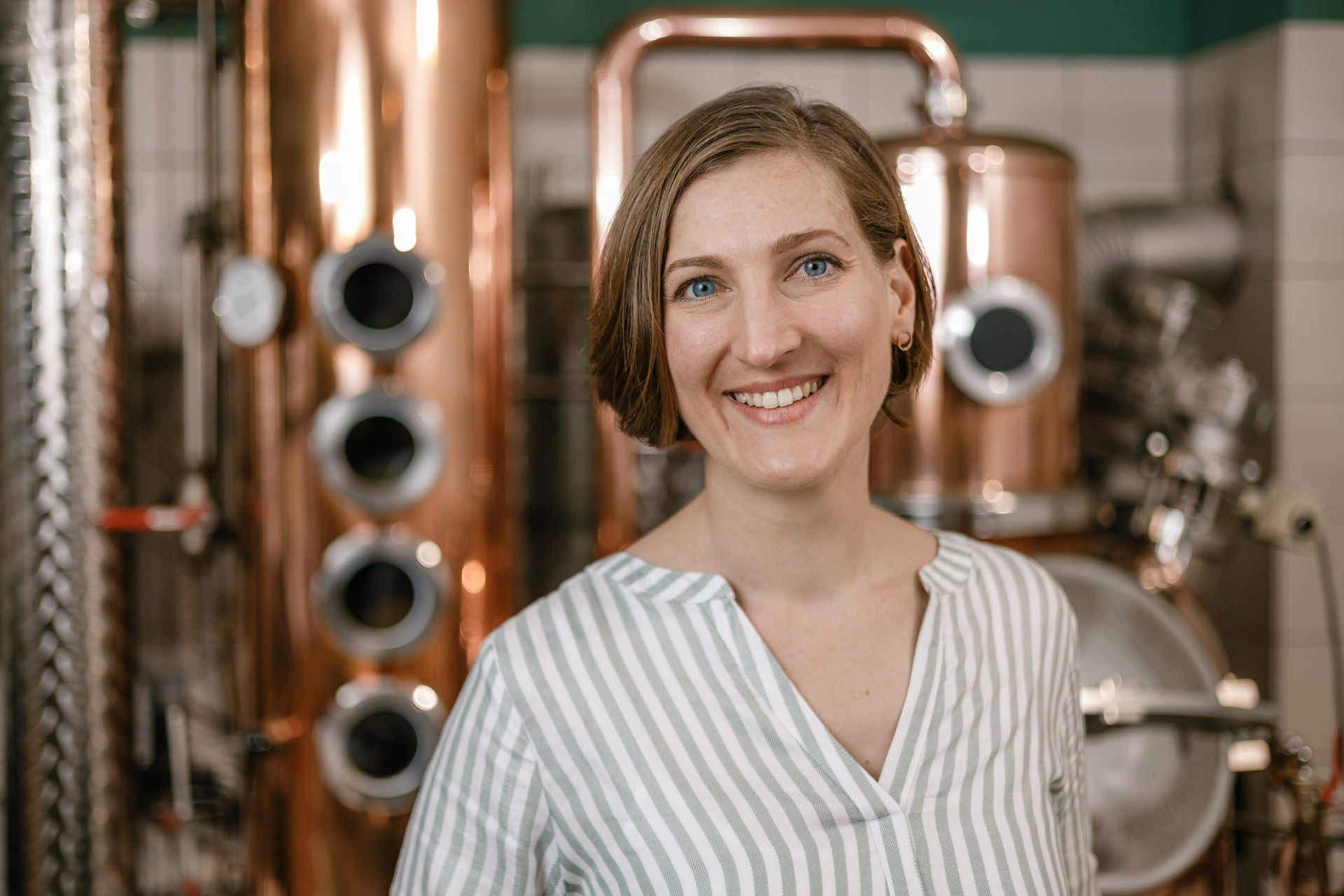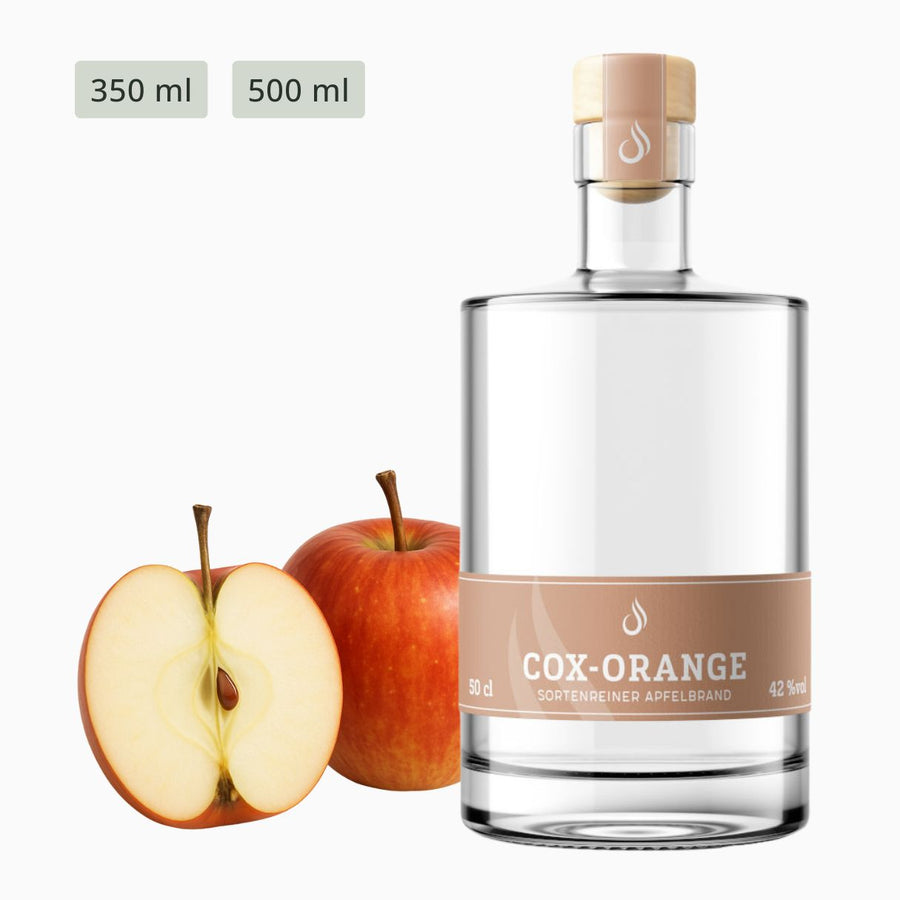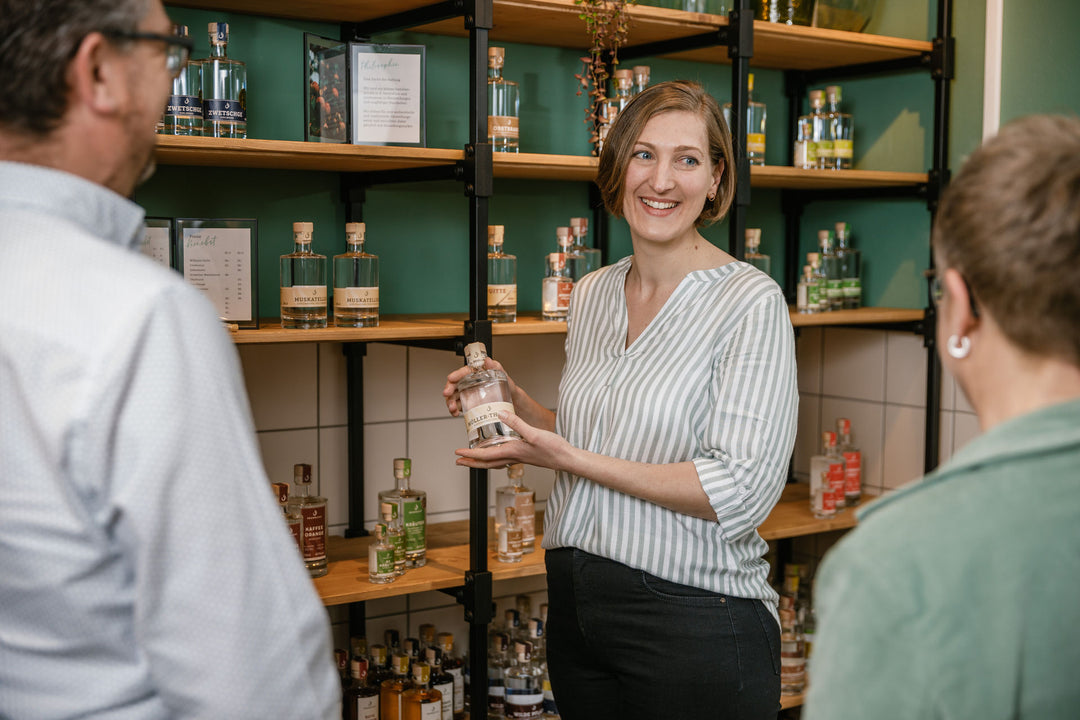Part 3 | The perfect clinical study
I asked myself what a perfect clinical study would have to look like and be conducted to obtain a valid result? A perfect clinical study on alcohol and health would only be theoretically possible, but practically almost impossible, primarily for ethical and logistical reasons.
Nevertheless , we can conduct a thought experiment as to what such a study would ideally look like in order to achieve a maximally valid, causal result.
Study design
Randomized controlled trial (RCT)
Number of participants:
>100,000 individuals to statistically capture rare endpoints such as cancer. Large sample size (several thousand participants) representative of different age groups, genders, and ethnic backgrounds. Inclusion of individuals without prior serious illnesses to avoid bias.
Randomization:
An intervention group with defined alcohol consumption (e.g. moderate amount) and a control group (e.g. no or no additional alcohol consumption).
Blinding:
(Blinding) Double-blinded – ideal, but almost impossible (participants know whether they are drinking alcohol)
Control group:
Placebo drinks (non-alcoholic, identical in taste)
Duration:
≥20 years of observation time, as chronic diseases have long latency periods
Compliance tracking:
Blood markers (e.g. phosphatidylethanol), digital drinking logs
Endpoints (outcomes):
Primary endpoints: objective health parameters such as cancer incidence, cardiovascular disease, mortality.
Secondary endpoints: behavioral changes, quality of life, mental health.
Use of validated measurement instruments and regular follow-ups (e.g., 3, 6, 12 months and longer).
Confounder control:
Collect and statistically monitor lifestyle, nutrition, exercise, and socioeconomic factors
Multicentric:
Many countries/cultures to ensure generalizability
Practical & ethical problems of implementation
Ethics:
It would be ethically questionable to deliberately “force” people to consume alcohol, especially over many years.
Even a “low consumption” group poses health risks.
Blinding not realistic:
Alcohol is difficult to “hide” – people notice the effect (intoxication, taste, effect).
Long-term compliance problematic:
People change their behavior over years. You can't force someone to drink or abstain from drinking the exact same amount of alcohol for 20 years.
Costs & Logistics:
Such a study would cost billions, take decades and would have to be coordinated worldwide.
Conclusion
The perfect study would be a long-term, randomized, controlled, and blinded mega-study with objective measurements— but this is practically impossible . Therefore, WHO and others resort to the next best thing: very large cohorts, genetic studies, modeling, and meta-analyses—with all their weaknesses, but also their necessity.
Criticism of the media
Part 4 of this series is about my personal criticism of the media.
Review
Our bestsellers
View all
Author Andrea
Not only do I love distilling, but I also enjoy sharing my knowledge, experience, and passion. In my blog posts, I take you on a journey through everyday life at our distillery and on our small business. Of course, there are also drinks to enjoy along the way.















Leave a comment